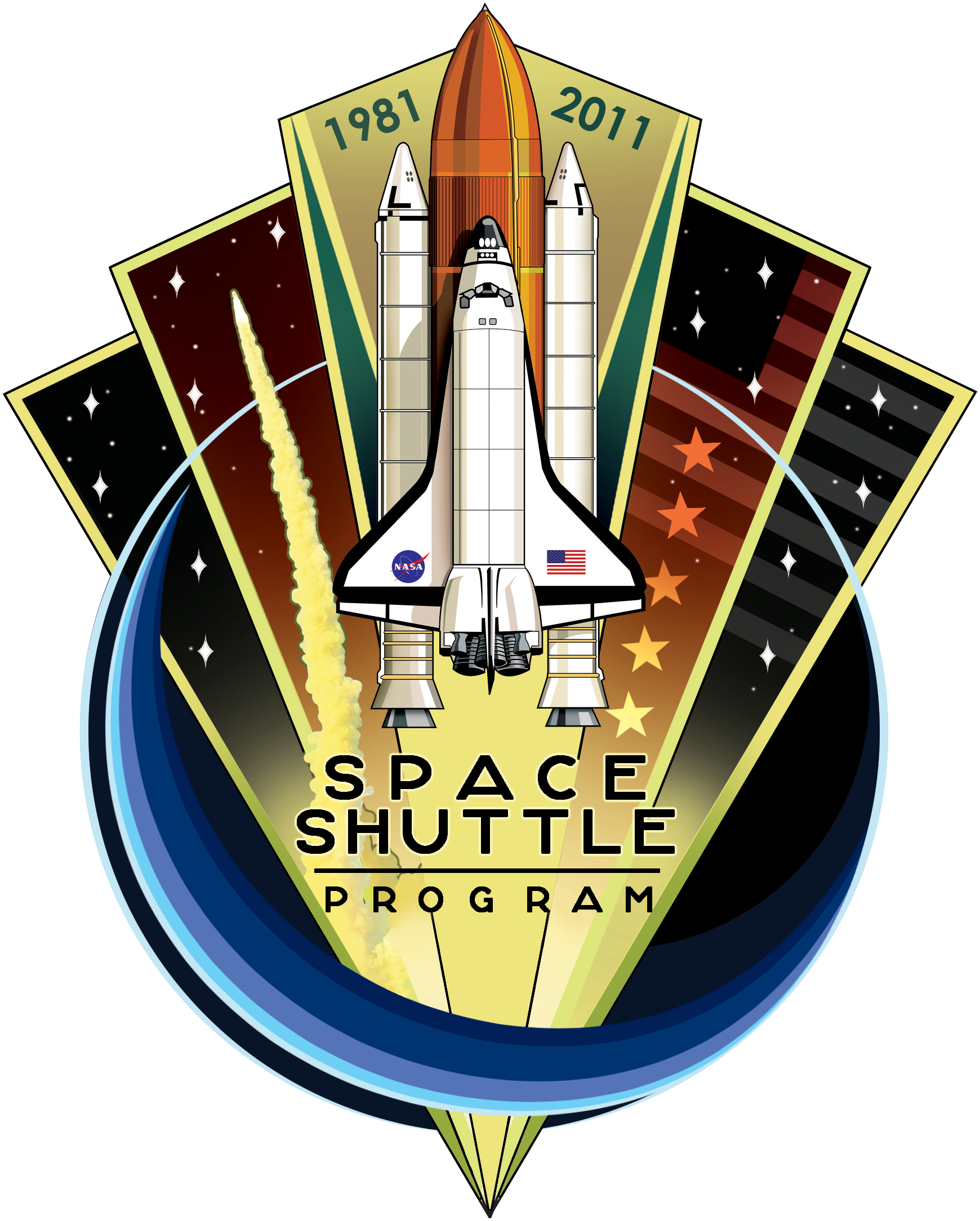You've probably heard about on the news: tommorow, space shuttle Atlantis will be the final shuttle to launch and mark the beginning of the end. The end of an era: 30 years of shuttle flights.
The Space Shuttle Program had many milestones since its maiden flight on April 12, 1981 but it also had its tragedies.
Space shuttle Challenger blew up 73 seconds after lift-off of its tenth mission, STS-51-L on January 28, 1986, killing all seven crew members including school teacher Christa McAuliffe, the first civillian to ride into space.
The cause of the disaster: the failure of an O-ring on the right solid rocket booster (SRB). The O-rings are used to seal the joints between the multiple segments of the SRBs. The failure was due to a variety of factors, including unusually low temperatures prior to liftoff. The failure allowed a plume of flame to leak out of the SRB and impinge on both the external fuel tank (ET) and the SRB aft attachment strut. This caused both structural failure of the ET, and pivoting of the SRB into the orbiter and ET. Damage near the bottom of the ET resulted in the complete loss of the aft dome of the lower tank and a rapid release of hydrogen, creating a forward thrust of about 2.8 million pounds and pushing the tank up into the intertank structure which connects the liquid hydrogen tank and liquid oxygen tank. This was followed by an almost explosive burning of the hydrogen combined with oxygen leaking from the intertank. Challenger's reaction control system then ruptured, resulting in the burning of its hypergolic propellants. The orbiter, traveling at about Mach 1.92, was forced into an attitude that caused it to endure extreme aerodynamic loads, with the resulting stresses breaking it apart.
On February 1st, 2003, disaster strikes again as space shuttle Columbia on its 28th mission, STS-107, disintegrated over Texas during re-entry into the Earth's atmosphere, resulting in the death of all seven crew members. Debris from Columbia fell to Earth in Texas along a path stretching from Trophy Club to Tyler, as well as into parts of Louisiana.
The cause of the disaster: A large hole in Columbia's left wing, cause by a suitcase-size piece of thermal insulation foam that broke off from the External Tank during lift-off, allowing hot gases to enter the wing when Columbia later reentered the atmosphere, resulting in the breakup of the vehicle.
After the Columbia accident, the US government stated that the shuttle program would end in 2010 (now 2011) and that a successor will be developed, the Ares I and Ares V for the Constellation Program.
Read about it here: http://twhl.info/forums.php?thread=16612
On February 1, 2010, President Barack Obama announced a proposal to cancel the Constellation Program, and envisions the transformation of the Ares I and Ares V vehicle designs into a Shuttle-Derived heavy launch vehicle, the Space Launch System, both for crew and cargo. It is to be upgraded over time with more powerful versions.
Space Launch System design:The maiden flight is schuduled to launch in 2016.
But before all that, there's one more shuttle flight left before the space shuttle era ends.
You will be missed.
The Space Shuttle Program. An era is end
Created 13 years ago2011-07-07 19:31:42 UTC by
 The Mad Carrot
The Mad Carrot
Created 13 years ago2011-07-07 19:31:42 UTC by
![]() The Mad Carrot
The Mad Carrot
Posted 13 years ago2011-07-07 19:34:24 UTC
Post #296332
Posted 13 years ago2011-07-07 19:38:50 UTC
Post #296333
I remember the flight simulator at the Challenger Learning Center.
Good times.
Good times.
Posted 13 years ago2011-07-07 20:28:24 UTC
Post #296334
I don't understand why they are replacing the shuttle with a capsule-based delivery system; it just seems like moving backwards. I thought this was the future of the shuttle program. =|
Posted 13 years ago2011-07-07 21:05:46 UTC
Post #296335
So apparently this was announced in like 2009. This is the first time I've heard this, and it's shocking news...
Damn Soviets.
Damn Soviets.
Posted 13 years ago2011-07-08 12:20:35 UTC
Post #296350
Watch the live coverage here:
http://www.nasa.gov/externalflash/135_splash/index.html
Or here:
http://www.ustream.tv/nasahdtv#utm_campaign=synclickback&source=http://www.nasa.gov/multimedia/nasatv/ustream.html&medium=6540154
T-Minus 2 hours and counting.
http://www.nasa.gov/externalflash/135_splash/index.html
Or here:
http://www.ustream.tv/nasahdtv#utm_campaign=synclickback&source=http://www.nasa.gov/multimedia/nasatv/ustream.html&medium=6540154
T-Minus 2 hours and counting.
You must be logged in to post a response.



